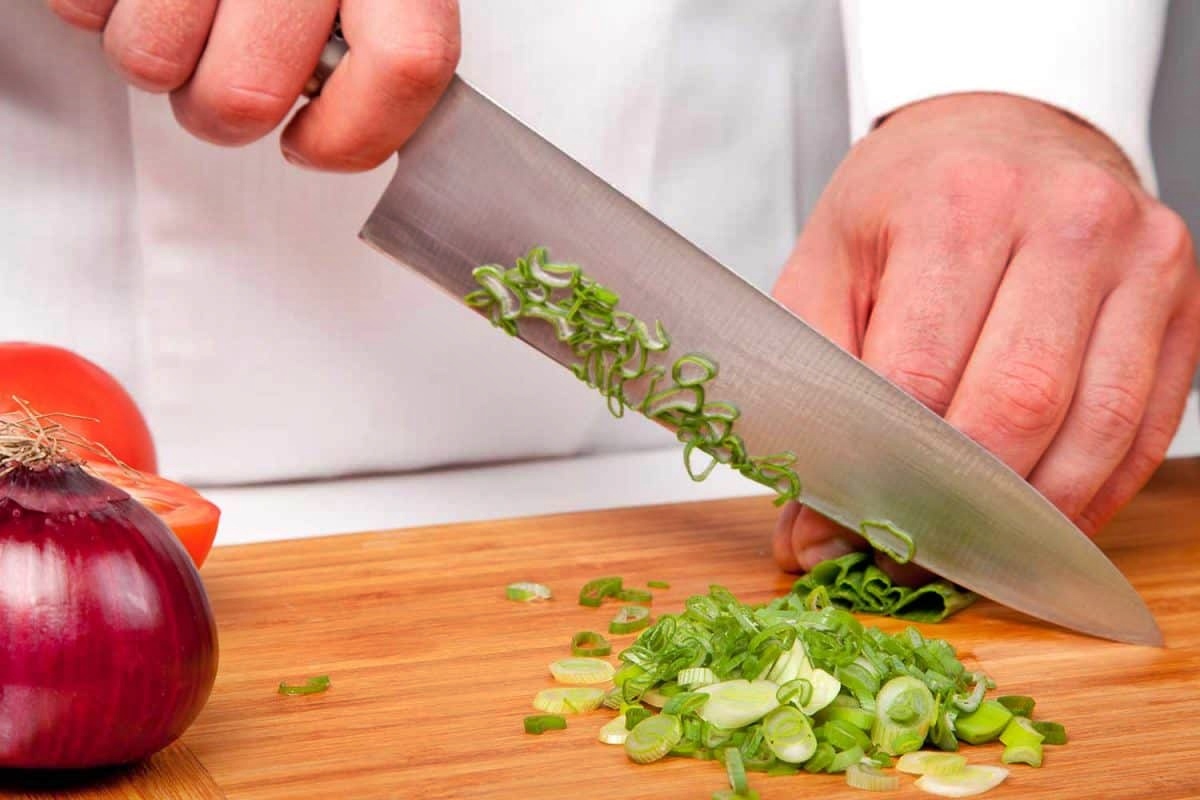How to Make a Knife from an Old Saw Blade: Step-by-Step Guide
Written By James Morgan
Whether you are a barbecue enthusiast, a DIY fanatic, or simply someone who enjoys working with their hands, knowing how to make a knife from an old saw blade is an incredibly valuable skill to have. In this comprehensive guide, we will take a deep dive into the process, ensuring that you create a sturdy, functional, and aesthetically pleasing knife from materials you may already have lying around.

Why Make a Knife from an Old Saw Blade?
Repurposing an old saw blade has several benefits. Firstly, its a sustainable way to recycle old materials. Secondly, saw blades are typically made from high-quality steel that is excellent for knife making. Lastly, there is a certain pride in using a tool you've made yourself, blending functionality with personal craftsmanship.

Materials and Tools You Will Need
- Old saw blade
- Angle grinder
- Bench vise
- Hacksaw
- Metal files
- Sandpaper (various grits)
- Protective gloves and goggles
- Marker
- Clamps
- Drill and drill bits
- Epoxy resin
- Handle material (wood, micarta, or G10)

Step-by-Step Guide to Knife Making
Step 1: Designing Your Knife
Start by sketching the outline of your knife on the saw blade. Pay attention to the size and shape of the blade, ensuring it fits your intended use. Whether it's for slicing meat or general barbecue tasks, the design should be practical and balanced.
Step 2: Cutting Out the Blade
Clamp the saw blade onto your workbench using the bench vise and use an angle grinder to cut out your knife design. This process creates sparks and metal shards, so it is crucial to wear protective gloves and gogles.
Step 3: Shaping the Blade
After cutting out the rough shape, use metal files to refine the edges and create the desired bevel. This step requires patience, as shaping and filing are key to ensuring the blade is balanced and effective.
knife bladeStep 4: Sanding the Blade
Once the shaping is complete, use sandpaper of various grits to smooth and polish the blade. Start with a coarse grit and gradually move to finer grits for a polished finish. This step is essential for removing any sharp edges and preparing the blade for handle attachment.
Step 5: Creating the Handle
Choose your handle material, whether wood, micarta, or G10, and cut it to the size of your knife tang. Drill holes for the handle pins and dry-fit everything to ensure alignment. Once satisfied, use epoxy resin to secure the handle pieces to the tang, allowing it to cure thoroughly before proceeding.
Step 6: Final Touches
After the epoxy has cured, use sandpaper and files to shape the handle, ensuring it fits comfortably in your hand. Apply a finishing oil or sealant to protect the handle material and give it a polished appearance.

Safety Tips
- Always wear protective gloves and goggles when working with metal and power tools.
- Ensure your work area is well-ventilated.
- Keep a first aid kit nearby in case of accidents.
FAQs
Can I use any saw blade for knife making?
While most saw blades are made from high-quality steel, its best to use carbon steel blades for optimal results. Stainless steel saw blades can also work but may require different tools and techniques.
How do I maintain my handmade knife?
To ensure the longevity of your knife, keep it clean and dry after each use. Regularly sharpen the blade and apply a light coat of oil to prevent rust.
Is it necessary to heat treat the blade?
Heat treating can enhance the hardness and durability of your blade. While not mandatory, its highly recommended for achieving the best results.
minor cutsAs an Amazon Associate, I earn from qualifying purchases.



